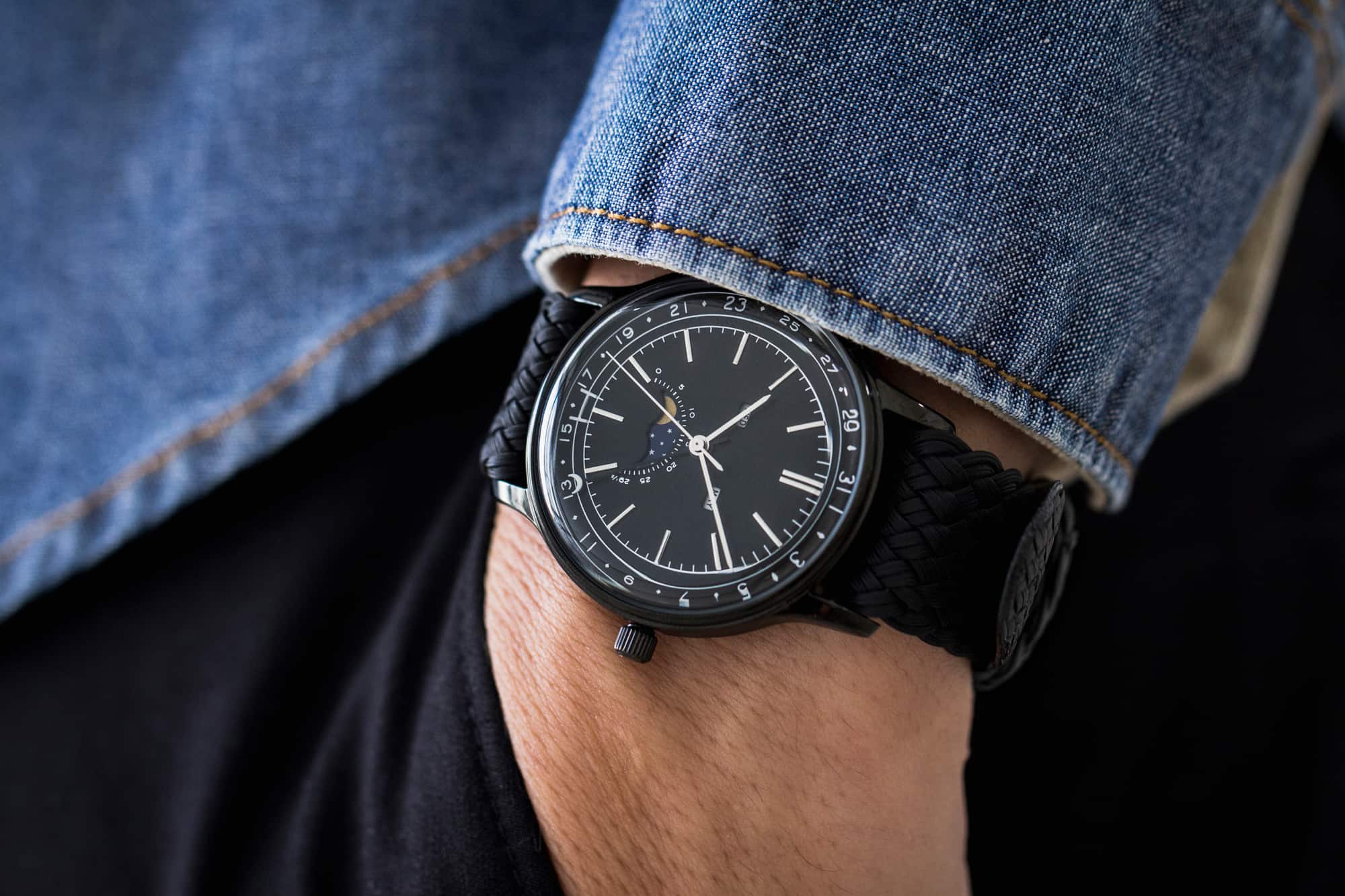
Clin Theriogenol 5 (1), 45-55 VetMedResource. A novel support for an inflamed penis and prepuce.
Gunn A J et al (2013) Balanoposthitis and paraphimosis in the stallion. Recent references from PubMed and VetMedResource. Regardless of cause, typically this is sporadic, with the exception of venereally transmitted diseases, especially 'dourine'.įurther Reading Publications Refereed papers. In traumatic lesions, the tissues may not recover without treatment over a period of days. With time, the chronic inflammation may lead to induration, ischemia and necrosis. The inflammatory cascade is exacerbated by the relatively inelastic preputial ring, and the restrictions imposed by the preputial orifice. Extravasation of fluid into the interstitial space, leading to greater swelling and further inflammation, and an inflammatory cycle. The dependent position of the organs leads to increased blood flow to the organs and increased permeability of blood vessels. Inflammation, regardless of inciting pathology, leads to swelling of one or bolth of the penis and prepuce. Traumatic: male horse (stallion), usually in the presence of a mare. Other: urethral calculus (urolithiasis Bladder: calculi ), urethral stenosis and/or rupture, blood vessel rupture (typically superficial penile vessels), varicosities, hematoma Penis: hematoma, foreign body, abdominal content herniation, castration complication Testis: castration - overview, stallion ring. Neoplasia/metaplasia: squamous cell carcinoma Penis: squamous cell carcinoma, papilloma Papillomatosis, sarcoid Sarcoid, melanoma Penis: neoplasia, other. 
Fungal: Pithiumspp or other fungal infection.Parasite: Habronemaspp Habronema spp, Draschiaspp, habronemiasis Habronemiasis.Protozoal: Trypanosoma equiperdum Trypanosoma equiperdum (dourine), Sarcocystisspp infection (equine protozoal myeloencephalitis CNS: Equine protozoal myeloencephalitis (EPM) ).Viral: equine viral arteritis (EVA) Equine viral arteritis (EVA), equine herpes virus 3 (equine coital exanthema Reproduction: coital exanthema - EHV 3 ), rabies Rabies, in endemic areas.Bacterial: Streptococcusspp Streptococcus spp, including strangles Strangles (Streptococcus equi infection), Klebsiellaspp Klebsiella pneumoniae, Pseudomonasspp Pseudomonas aeruginosa, abscess formation due to a pyogenic infection.liver disease Liver disease: overview, purpura hemorrhagica Purpura hemorrhagica. Systemic non-infectious illness: cardiac disease Heart: disease - overview.Trauma, typically a breeding misadventure.Print off the Owner factsheet on Dourine to give to your clients.

Prognosis: dependent on cause good if traumatic and dealt with rapidly and aggressively post-insult decreases with chronicity.Treatment: dependent on cause if the penis is enlarged and protruding from the preputial orifice, and/or the prepuce is swollen, reduction of the swelling and support of the organs is of paramount importance.

 Diagnosis: history, clinical signs, visual and physical examination, ultrasonography, hematology and biochemistry, microbiology, biopsy, depending on the likelihood of differential diagnoses. Signs: typically the penis is pendulous and protrudes from the prepuce both the prepuce and penis are larger than normal, and/or distorted. Cause: many potential causes undoubtedly the most common cause is trauma, typically due to a breeding injury. Phimosis: the inability to protrude the penis through the preputial orifice/os. Paraphimosis: the inability to retract the penis in to the prepuce. Priaprism: an erection or engorged penis in the absence of sexual stimulation.
Diagnosis: history, clinical signs, visual and physical examination, ultrasonography, hematology and biochemistry, microbiology, biopsy, depending on the likelihood of differential diagnoses. Signs: typically the penis is pendulous and protrudes from the prepuce both the prepuce and penis are larger than normal, and/or distorted. Cause: many potential causes undoubtedly the most common cause is trauma, typically due to a breeding injury. Phimosis: the inability to protrude the penis through the preputial orifice/os. Paraphimosis: the inability to retract the penis in to the prepuce. Priaprism: an erection or engorged penis in the absence of sexual stimulation. #HORAE PENIS FREE#
Inflammation of the free body or glans of the penis (balanitis), in association with inflamed laminae of the prepuce (posthitis).








 0 kommentar(er)
0 kommentar(er)
